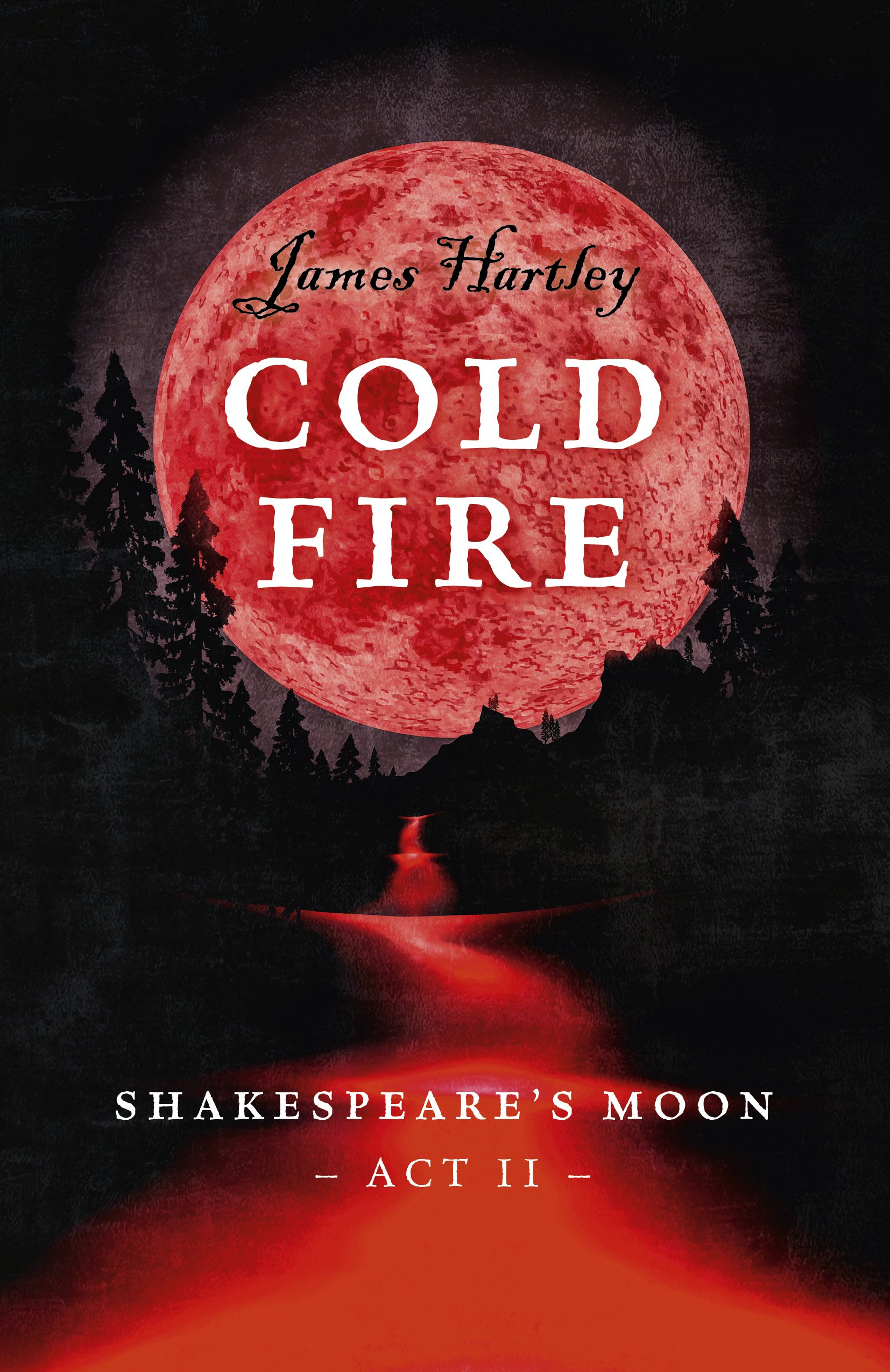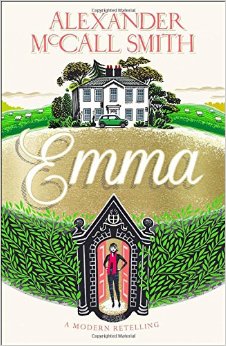
‘Reader, I murdered him.’
So begins Jane Steele’s tale, a tale which includes a multitude of elements familiar to readers of Bronte’s ‘Jane Eyre’:
- an unfairly treated orphan girl;
- a terrible experience at boarding school;
- life as a governess;
- falling in love with a powerful, rich man who is flawed.
But, make no mistake, this is no simple retelling of Eyre’s story (which is Jane Steele’s favourite novel, re-read frequently for comfort). In fact, despite the multiple murders, ‘Jane Steele’ is ultimately less transgressive than the nineteenth century novel it echoes.
What’s it about?
When Jane Steele’s mother dies and leaves her dependent upon her aunt, Jane’s desire to escape from a difficult situation leads her to Mr Munt’s school for girls. Unfortunately, he is a despot ruling his own fiefdom just as much as Jane’s aunt, and ultimately Jane escapes again, this time to the streets of London. Unlike her namesake, each time she flees, she leaves behind a corpse…
After living awhile amongst London’s underbelly, Jane pulls herself together and takes a position as governess at Highgate House. She gradually falls in love with her master, Charles Thornfield, but, believing herself to be evil and therefore an unsuitable partner for Thornfield, Jane prepares to flee once again…
What’s it like?
Blackly humorous. Beautifully written. Engaging and entertaining, especially in the first half of the novel, during which Jane commits several murders and considers that:
‘I don’t know the term for a child who falls asleep after their first murder and before confessing her sins, but I suspect it is not an intensely complimentary one.’
Her voice is realistic and decisive as she recounts her poor treatment and her impulsive but almost commendable murders.
Then she moves into Thornfield’s house, and the focus moves to the Anglo-Sikh wars. Mr Thornfield and his staff are Sikhs who have fought in war and have little good to say about either side of the argument. While it was interesting to learn about Sikhism and the wars, the narrative becomes a romance and mystery story from then on, losing a little of the fun and adventure of the early chapters.
Jane Steele: steelier than Jane Eyre?
Whereas Jane Eyre defends her personal integrity throughout her titular novel, including leaving Mr Rochester when she learns he cannot marry her, Jane Steele’s own will to survive is coupled with her belief that she is evil and an appetite for sex first initiated through erotica. Jane Eyre knew she was a good woman being treated wrongly; Jane Steele feels the wrongness, meets it with her own wrongdoing (much preferable to her namesake’s meekness!) but, in doing so, believes she is inherently bad.
Jane Eyre redeems Rochester by loving and forgiving him after God has punished him; here, Thornfield and another male authority figure make Jane good by insisting her badness was warranted, justified. Arguably, Jane Eyre is the more revolutionary character, able to recognise her own self-worth and forge her own future, lessons Jane Steele needs to learn throughout the narrative.
Final thoughts
Although I have dwelt on comparisons with Bronte’s ‘Jane Eyre’ (fairly, as the allusions to the original invite this kind of attention), you don’t need to have read the former to enjoy ‘Jane Steele’. Part biography, part romance, part mystery, this is a greatly entertaining read throughout, but perhaps especially when Faye has Jane describe other characters:
‘Patience Barbary thought the out-of-doors a treacherous bridge meant to convey her from one civilised structure to another.’
And:
‘Mr Munt…meditated on me with his dashing black head cocked: the look of a man who has spied a hill and vowed to crest it, for no reason other than to see what lies upon the other side.’
An exceedingly entertaining read, which may also make you want to find out more about the Anglo-Sikh wars.


